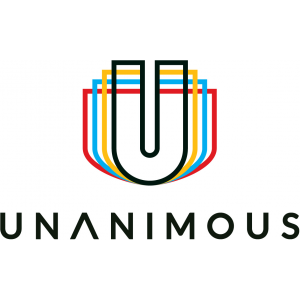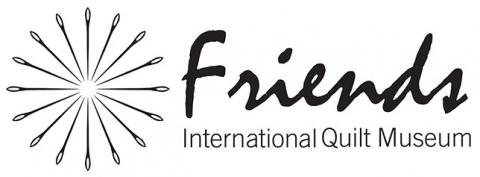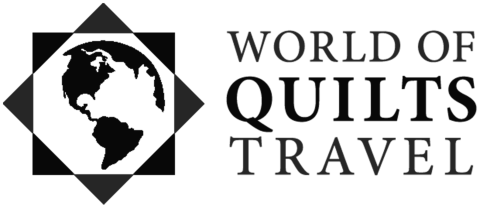(BONUS) Quilted ikat hanging
(BONUS) Quilted ikat hanging
Circa 1870-1900
Uzbekistan
98 x 63 inches
Gift of the Robert and Ardis James Foundation, 2010.045.0017
This quilted hanging is made from several lengths of an ikat fabric. Ikat (an Indonesian term frequently used for this type of fabric) is a resist-dyed textile in which the design emerges from warp threads that are tied and dyed in pre-determined patterns prior to weaving. The densely spaced silk warp and cotton weft produce a warp-faced fabric. Because of the blurred edges of its motifs, Central Asians call ikat "abr," a word meaning "cloud" in Persian. Making ikat is an arduous process that requires 37 steps from cocoon to finished product.
Family-based ikat workshops, which were disbanded during the Soviet Era, began to flourish after independence in 1991. The main center of ikat production today is in the Fergana Valley of Uzbekistan. Ikat was used extensively to make quilts, wall hangings, and other interior products, as well as clothing. In the 19th and early 20th century, specific patterns and weaves were indicators of status.
Learn more about quilt and patchwork traditions from this part of the world on World Quilts: The Central Asian Story.
















